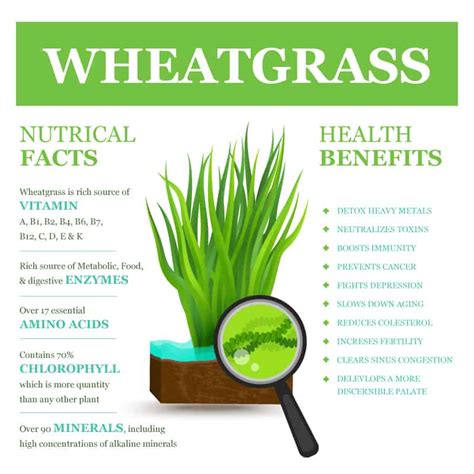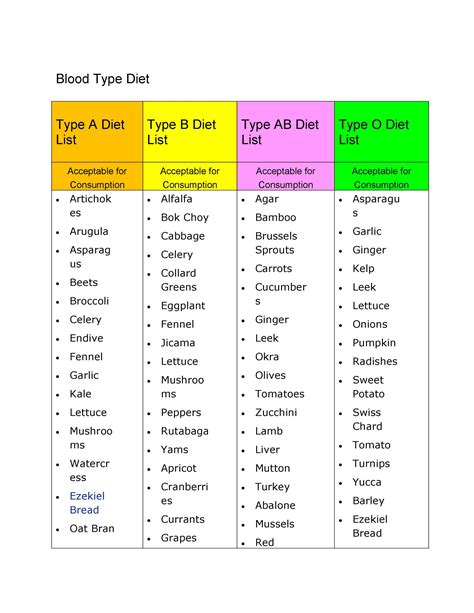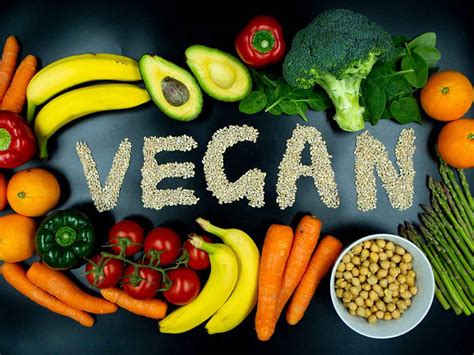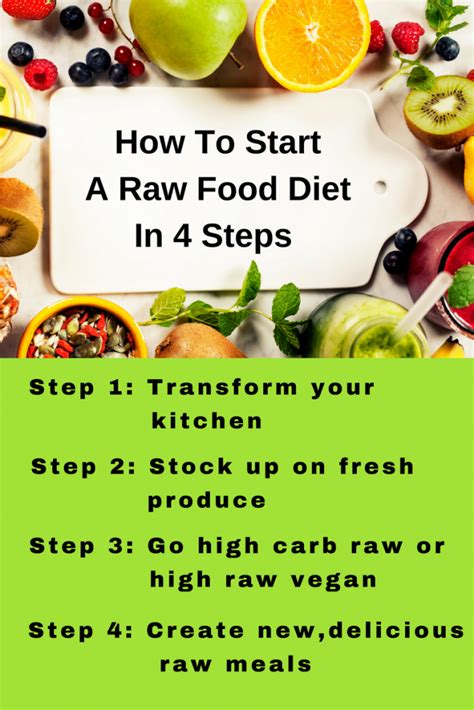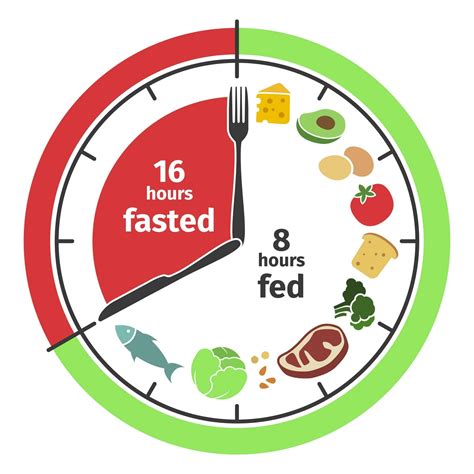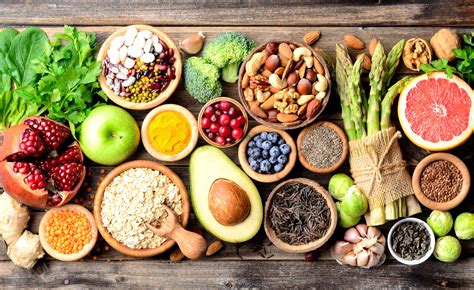Discover the benefits of a wheatgrass diet, how to incorporate it into your routine, potential side effects, and expert tips for success. Start your journey to a healthier lifestyle today!
Introduction to Wheatgrass Diet
Contents
Wheatgrass diet has become increasingly popular in recent years as more and more people are looking for natural ways to improve their health and well-being. Wheatgrass is the young grass of the common wheat plant and contains a high concentration of vitamins, minerals, and antioxidants. Many health experts believe that incorporating wheatgrass into your diet can provide a wide range of health benefits.
One of the main attractions of the wheatgrass diet is its high nutritional content. Wheatgrass is packed with nutrients such as iron, calcium, magnesium, amino acids, and chlorophyll, which are known to have a wide range of health benefits. Incorporating wheatgrass into your diet can help to boost your energy levels, improve digestion, and support a healthy immune system.
In addition to its nutritional benefits, wheatgrass is also believed to have detoxifying properties, making it an ideal addition to a healthy diet. Many people use wheatgrass as a natural way to detoxify their bodies and remove harmful toxins. Whether consumed in the form of juice, powder, or supplements, wheatgrass can help to cleanse the body and promote overall health.
While there are many potential health benefits of the wheatgrass diet, it is important to note that it may not be suitable for everyone. Some people may experience side effects such as nausea, headaches, or allergic reactions. It is always best to consult with a healthcare professional before making any major changes to your diet, especially if you have any underlying health conditions.
In conclusion, the wheatgrass diet has gained popularity due to its potential health benefits and detoxifying properties. Incorporating wheatgrass into your diet can provide a natural and nutritious way to support your overall health and well-being.
Benefits of Wheatgrass Consumption
Consuming wheatgrass can offer a wide range of benefits to your health. One of the main advantages of adding wheatgrass to your diet is its high nutritional content. Wheatgrass is packed with essential vitamins, minerals, and enzymes that can help boost your immune system and improve overall health. In addition, wheatgrass is also known for its detoxifying properties, which can help to eliminate harmful toxins from the body.
Another benefit of consuming wheatgrass is its ability to aid in digestion. The high fiber content in wheatgrass can help to promote healthy digestion and prevent constipation. It can also help to support weight management by promoting a feeling of fullness and reducing cravings for unhealthy foods.
Wheatgrass consumption has also been linked to enhanced energy levels and improved cognitive function. The nutrients in wheatgrass can help to increase energy levels, reduce fatigue, and improve mental clarity. Additionally, the chlorophyll in wheatgrass is believed to have anti-inflammatory and anti-aging properties, which can contribute to overall wellness.
Furthermore, incorporating wheatgrass into your diet can also support healthy skin and hair. The vitamins and minerals in wheatgrass can help to improve skin elasticity, reduce the appearance of wrinkles, and promote hair growth. Additionally, the antioxidant properties of wheatgrass can help to protect the skin from damage caused by free radicals.
In summary, the consumption of wheatgrass can provide numerous health benefits, including improved nutrition, detoxification, digestion, energy levels, cognitive function, and skin and hair health. Adding wheatgrass to your diet can be a simple and effective way to enhance your overall well-being.
Incorporating Wheatgrass into Your Diet
When it comes to incorporating wheatgrass into your diet, there are several options to consider. One popular method is to add a wheatgrass shot to your morning routine. This can provide a quick and easy way to get a powerful dose of nutrients to start your day off right.
Another option is to incorporate wheatgrass into your daily smoothie. Simply toss a handful of wheatgrass into the blender with your favorite fruits and vegetables for an extra boost of vitamins and minerals.
If you’re feeling a bit more adventurous, you can even try baking with wheatgrass powder. Adding a scoop of wheatgrass to your homemade bread or muffin recipe can be a fun way to experiment with this superfood.
For those who prefer a more traditional approach, you can also find wheatgrass in powder or capsule form to take as a daily supplement. This can be a convenient way to ensure you’re getting your daily dose of wheatgrass without having to make any major changes to your diet.
Potential Side Effects of Wheatgrass Diet
When incorporating wheatgrass into your diet, it’s important to be aware of the potential side effects that may arise. While many people experience numerous health benefits from consuming wheatgrass, there are also some individuals who may have adverse reactions to this superfood.
One of the most common side effects of wheatgrass consumption is nausea. Some people may experience feelings of queasiness or an upset stomach after consuming wheatgrass juice or supplements. This can be attributed to the detoxifying effects of wheatgrass, which may initially cause discomfort as the body rids itself of toxins.
Another potential side effect of wheatgrass diet is diarrhea. Due to the high fiber content of wheatgrass, some individuals may experience digestive distress, leading to loose stools. It’s important to drink plenty of water and start with small doses of wheatgrass to allow the body to adjust to its detoxifying effects.
In rare cases, some individuals may be allergic to wheatgrass and may experience symptoms such as hives, itching, or swelling. If you have a known allergy to wheat or grasses, it’s important to consult with a healthcare professional before incorporating wheatgrass into your diet to avoid an allergic reaction.
Additionally, individuals with certain medical conditions such as celiac disease or gluten sensitivity should exercise caution when consuming wheatgrass, as it may contain gluten. It’s crucial to choose certified gluten-free wheatgrass products to avoid any adverse reactions.
Expert Tips for Successful Wheatgrass Diet
When embarking on a wheatgrass diet, it’s important to do your research and seek advice from experts in the field. One of the first steps to success is to start slow and gradually incorporate wheatgrass into your daily routine. This will give your body time to adjust to the new addition and prevent any potential digestive issues.
Additionally, it’s crucial to consume organic and high-quality wheatgrass to ensure maximum benefits. Look for trusted sources and consider growing your own wheatgrass at home for a fresh and reliable supply.
Incorporating wheatgrass into your diet can be challenging at first, so it’s essential to experiment with different recipes and methods of consumption. Whether you prefer to juice it, blend it into smoothies, or add it to salads, finding a way that works for you is key to sticking with the diet long-term.
Another expert tip for success is to listen to your body and pay attention to any side effects. While wheatgrass has numerous health benefits, some individuals may experience nausea, headaches, or allergic reactions. If you notice any adverse effects, it’s important to consult a healthcare professional and consider adjusting your wheatgrass intake.

